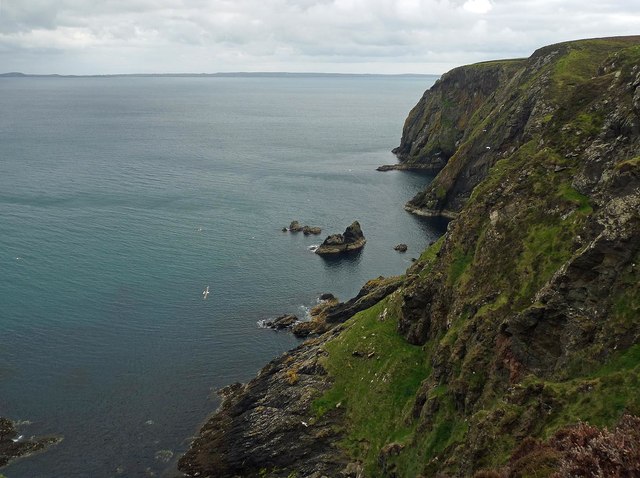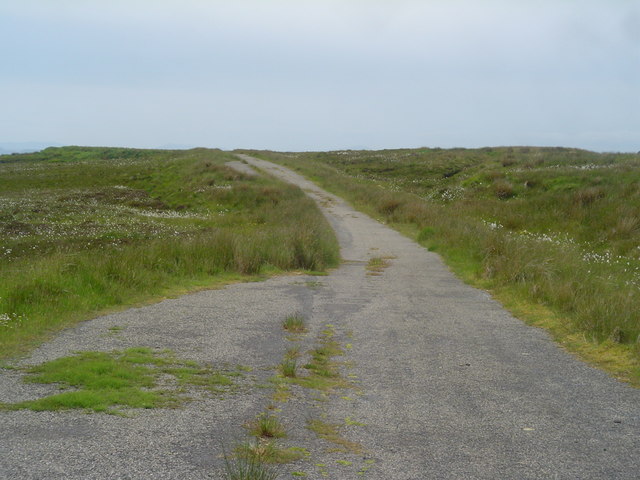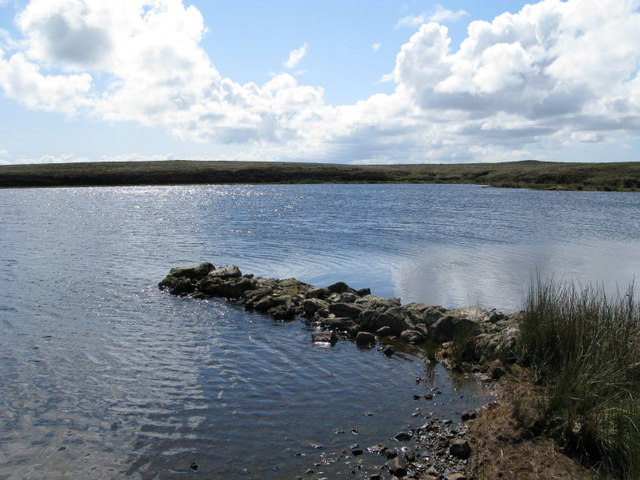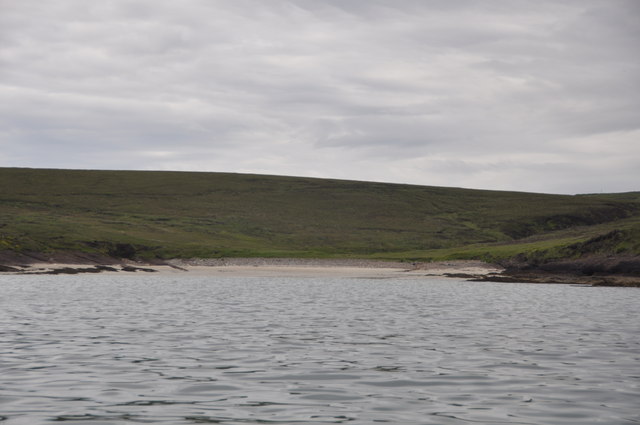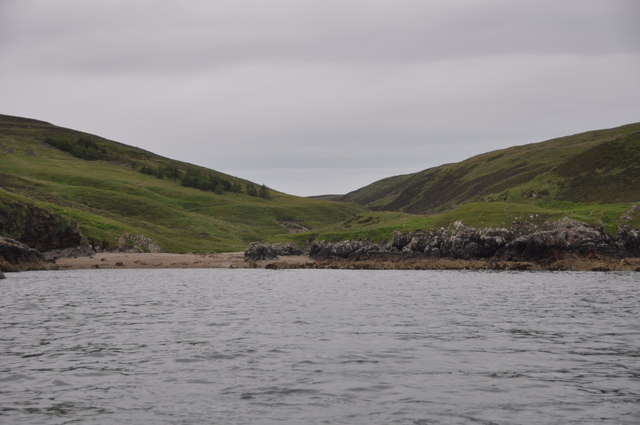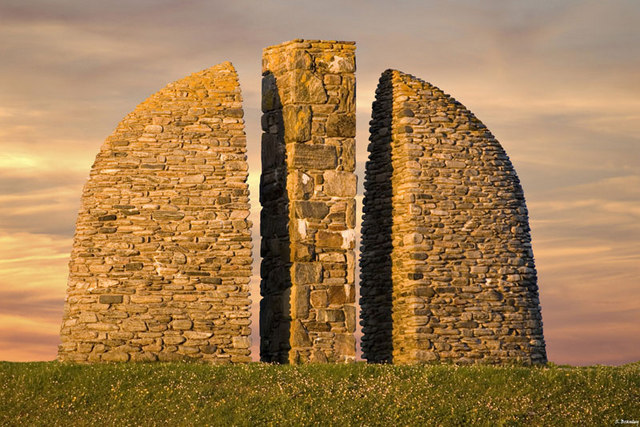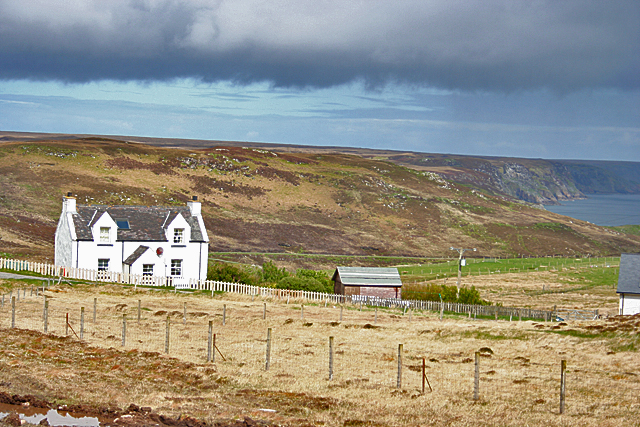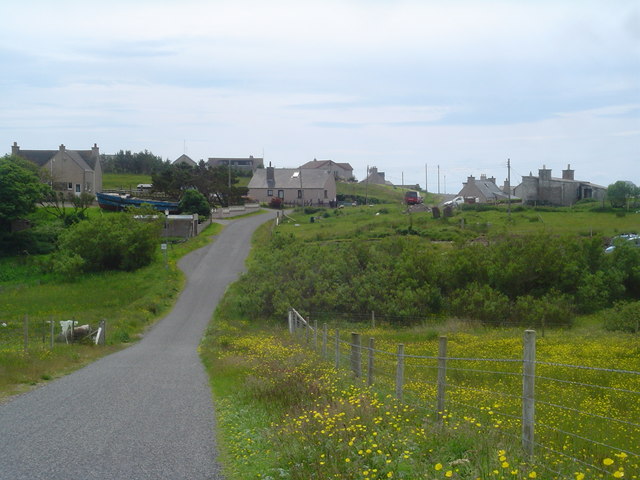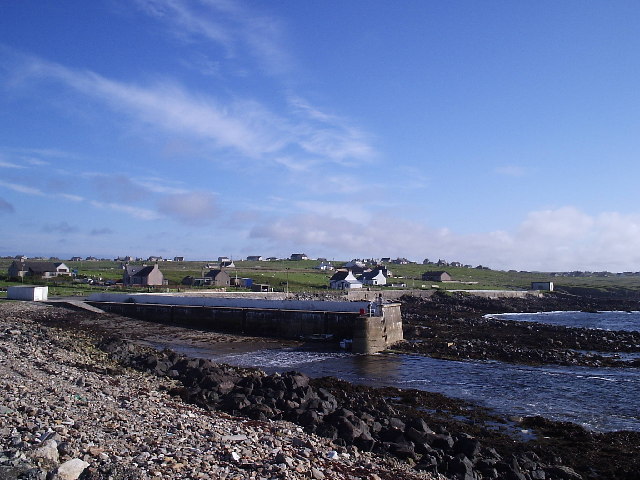Earabhaig
Coastal Feature, Headland, Point in Ross-shire
Scotland
Earabhaig
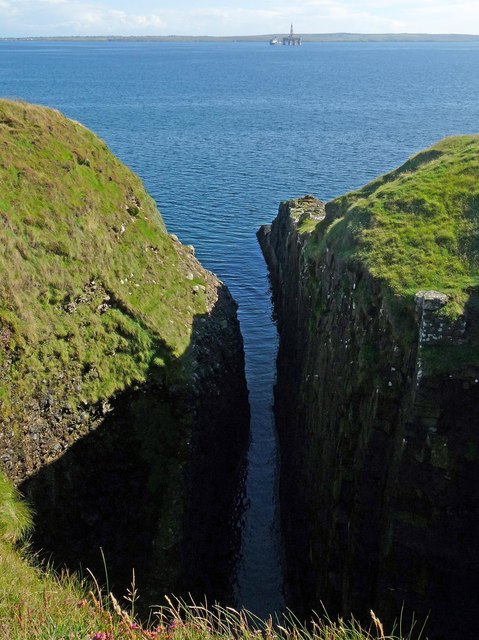
Earabhaig is a prominent coastal feature located in Ross-shire, Scotland. It is a headland or point that stretches out into the North Atlantic Ocean, offering breathtaking views of the surrounding landscape and sea. Situated on the western coast of Scotland, this area is known for its rugged beauty and dramatic cliffs.
The headland of Earabhaig is characterized by its rocky terrain, with steep slopes leading down to the shoreline. The cliffs are comprised of various types of rock, including sandstone and granite, which have been shaped by the relentless force of the ocean over thousands of years. These geological formations provide a natural habitat for a variety of seabirds, making it a popular spot for birdwatching enthusiasts.
The location of Earabhaig also offers a vantage point to witness the power of the North Atlantic Ocean. Waves crash against the cliffs, sending sprays of water high into the air. This spectacle, coupled with the distant horizon stretching out to the endless sea, creates a sense of awe and wonder.
Access to Earabhaig is facilitated by a well-maintained footpath that winds its way along the coastline. Visitors can enjoy a leisurely walk, taking in the stunning views and breathing in the fresh sea air. It is important to note that caution should be exercised when exploring the headland, as the terrain can be treacherous, particularly during stormy weather.
In conclusion, Earabhaig is a captivating coastal feature in Ross-shire, Scotland. With its striking cliffs, abundant wildlife, and panoramic vistas, it offers a memorable experience for nature lovers and those seeking a connection with the untamed beauty of the North Atlantic Ocean.
If you have any feedback on the listing, please let us know in the comments section below.
Earabhaig Images
Images are sourced within 2km of 58.313327/-6.2377568 or Grid Reference NB5143. Thanks to Geograph Open Source API. All images are credited.



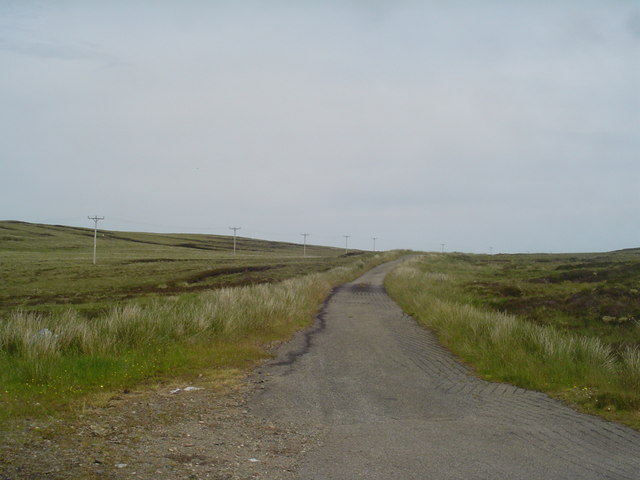
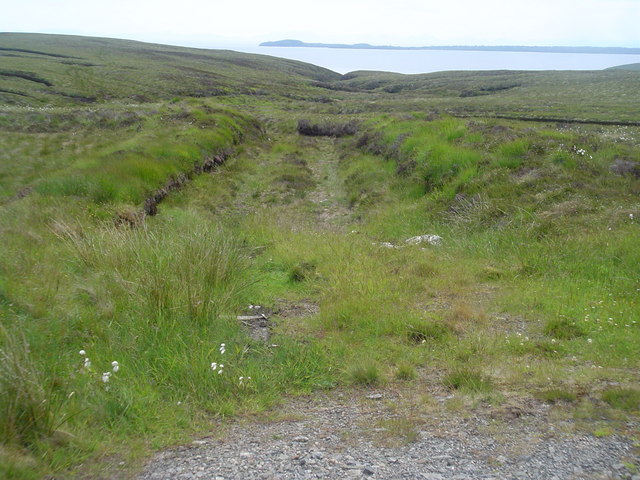
Earabhaig is located at Grid Ref: NB5143 (Lat: 58.313327, Lng: -6.2377568)
Unitary Authority: Na h-Eileanan an Iar
Police Authority: Highlands and Islands
What 3 Words
///prestige.moats.hiked. Near North Tolsta, Na h-Eileanan Siar
Related Wikis
Nearby Amenities
Located within 500m of 58.313327,-6.2377568Have you been to Earabhaig?
Leave your review of Earabhaig below (or comments, questions and feedback).

